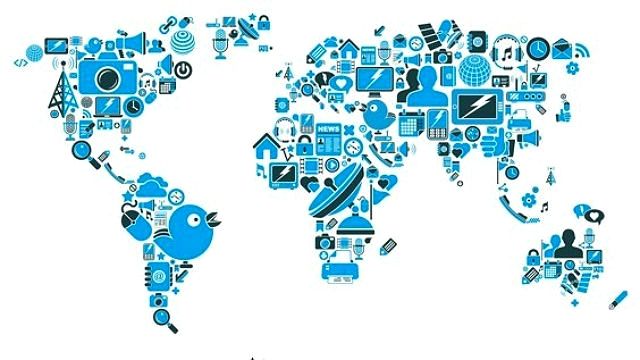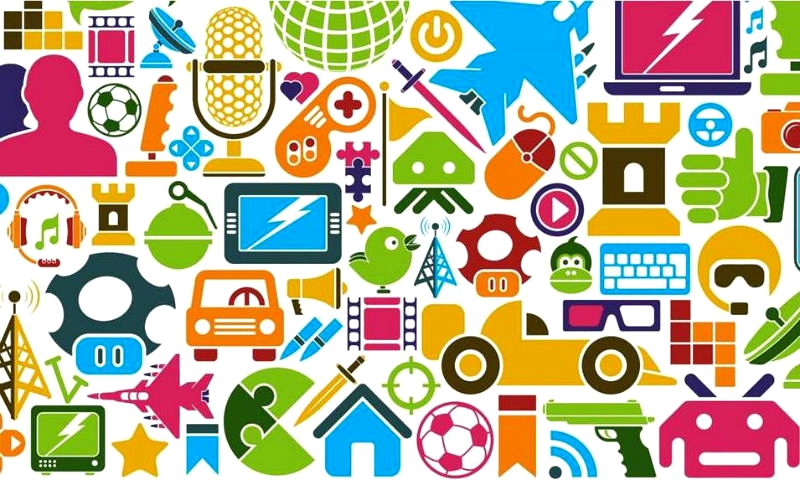The Internet of Things brings the future of the web as we know it into question

The so-called Internet of Things (IoT) came to the British public's fullest attention earlier this month, following national media coverage about two household name retailers announcing their proposed £3.4 billion merger. Dixon's and Carphone Warehouse positioned their desire to marry consumer electrical goods, such as fridges and TVs, with smartphone devices, as part of their preparation for IoT. In so doing, they would appear to want their slice of the multi-billion treasure trove tech industry giants such as Cisco and GE have been forecasting in the next five years.
Of course, the definition of IoT is not new. In fact it's been around for over a decade. What has changed is the public's awareness that the technology we use on a daily basis has caught up with the vision of an always-on, always-connected world. If you look into the details of what comprises the IoT, then you'll see that it includes everything from cloud computing, big data analytics, Internet-enabled devices, applications, network and storage.
What have in the past been disparate and disconnected systems are now rapidly becoming interdependent, connected, and constantly awake. That's why, to ensure future competitiveness, all businesses of all shapes and sizes must start readying themselves for the IoT now. First and foremost, this requires unshackling themselves from the current confines and limitations of the web. After all, 25 years after its birth, it would not be an exaggeration to say that the current 'HTTP' web architecture -- request/response-driven, slow, laden with considerable overhead, and inefficient -- is perhaps the single biggest barrier keeping growing businesses from maximizing the potential of IoT.
A web makeover
However, this presents a problem. The intersection of the IoT and the future will to a very great extent happen on the web, and the systems that businesses want to talk to are typically encircled by web infrastructure like firewalls, proxies and the like. With the current web setup, problems start to occur with modern businesses when they try to increase workforce mobility and service agility to boost their productivity and customer satisfaction.
But the web is about to take a gigantic leap forward when it comes to communication; a leap that will happen very quickly and most likely take the established world of legacy web solutions by surprise. We have already felt the beginnings of change; the web is moving into its next phase, morphing from a static and stale network to a live, interactive, and constantly changing mesh of communication -- an event-driven web.
The new web will allow us to interact with customers and suppliers at levels we couldn't have imagined five years ago, solve business problems that seemed impossible, continue to innovate using the Internet as a foundation for new solutions, accessing systems and sharing information at levels never seen before. The web as we know it today was only the beginning.

Accelerating the web
It is here and now that the legacy web technology offered by existing enterprise giants such as Oracle, IBM, Microsoft and Red Hat, will fail to deliver. Their solutions were designed with a static and stateless Internet network in mind, not with an always-on, and always-connected world of devices and systems. To deliver on the new premise of an event-driven web, we have to innovate and deliver solutions that are simpler, faster, and easily scalable. We are entering a world of high performance web communication, where time is everything and any delays will cost companies millions of pounds in revenue.
To stay competitive, dynamic, event-driven businesses need to extend the full power of their self-same enterprise applications onto smart mobile devices, replacing their existing request/respond HTTP web architecture with an entirely new one -- a "web communication" architecture.
The good news is this is now emerging with the first industry standard technology (known as WebSocket) which can quickly and cost-effectively extend benefits of scale, speed, predictability, reliability, and security across the multiple languages (protocols such as MQTT and CoAP) spoken by the "things" that are becoming so densely connected in the IoT world. These are tailored for enabling M2M, P2P, and person to machine communications, allowing companies to onboard many different things (machines, individuals, and enterprises) to the web in an always-on and always-connected state at unprecedented scale -- and with enterprise-grade performance, predictability, reliability, and security.
Getting your business ready for IoT
Prepare
IoT can mean many things to many different industries, with an almost infinite number of decisions to be made. Therefore, the best way to prepare is to fully understand your customer demands -- not just now but also into the near future -- and your competitive landscape. This will tell you if you are fine with what you have or if you need to reconsider your technology choices
Evaluate
It's important to properly evaluate what is being signed off before deploying an IoT solution. Right now, there are many companies that are trying to ride the wave of IoT without even considering this seriously.
Clean sweep
Rather than relying on existing software that has been rebadged "IoT-ready", enterprises should select new, established IoT technologies that are designed from the ground up to support this new tech landscape. These will offer greater ROI, better TCO, and greatly improved user experience and security.
Be secure
As with any major technology shift, it is important to stay open-minded to new ideas and emerging technologies -- those that may help you stay ahead in the next 10-20 years -- but at the same time carefully check out the inbuilt and third-party security measures adopted by device and software vendors. In their rush to jump on the IoT bandwagon, there will be some that have not given data security and privacy due consideration.
Jonas Jacobi is the co-founder and president of Kaazing Corporation
Published under license from ITProPortal.com, a Net Communities Ltd Publication. All rights reserved.
